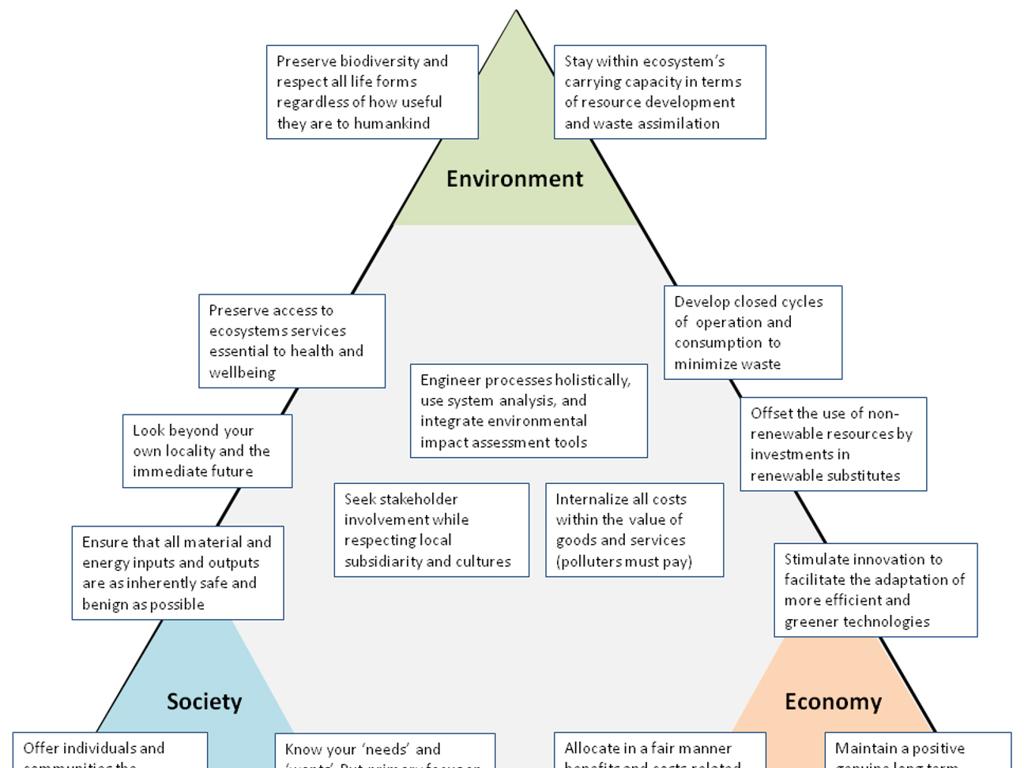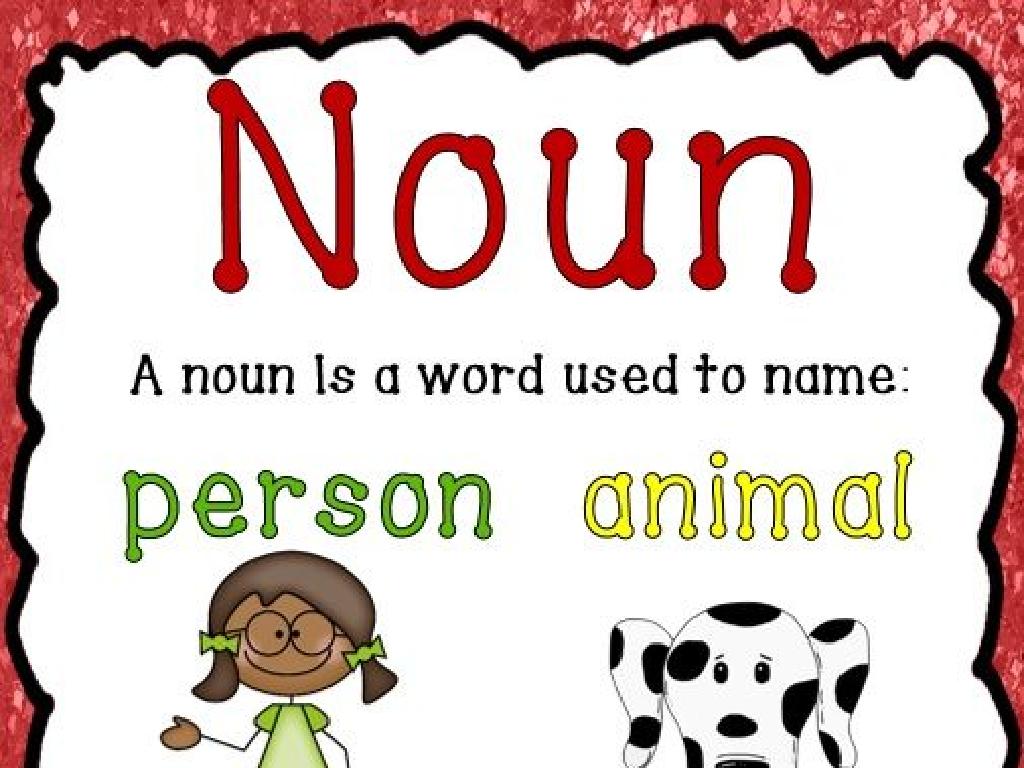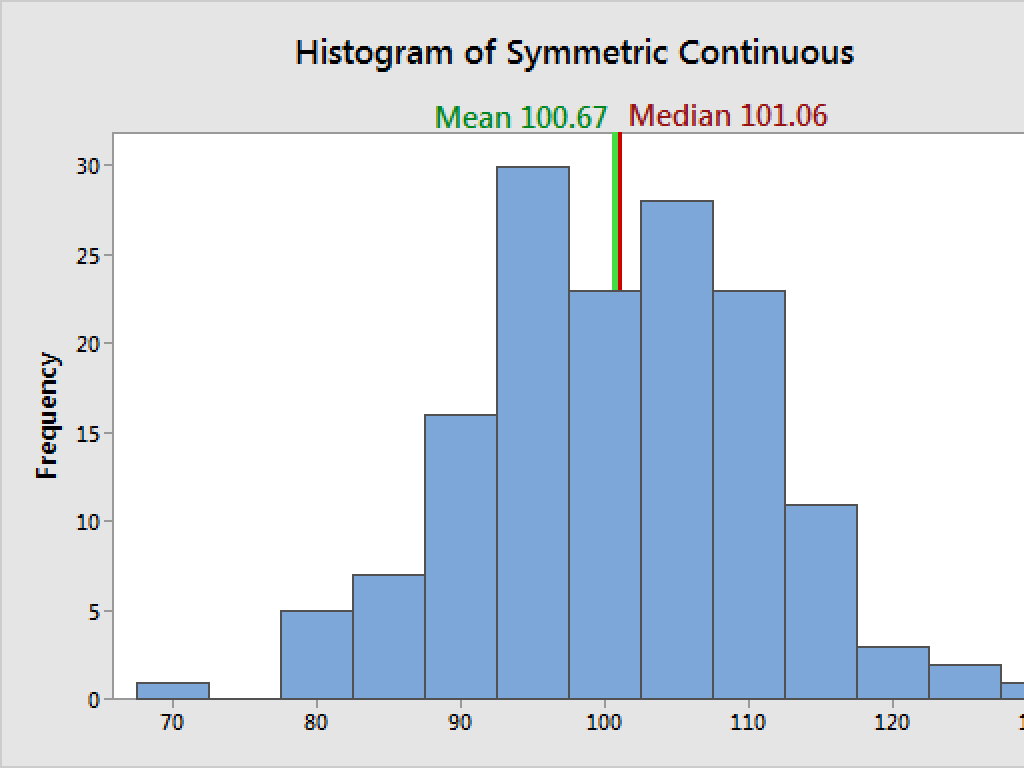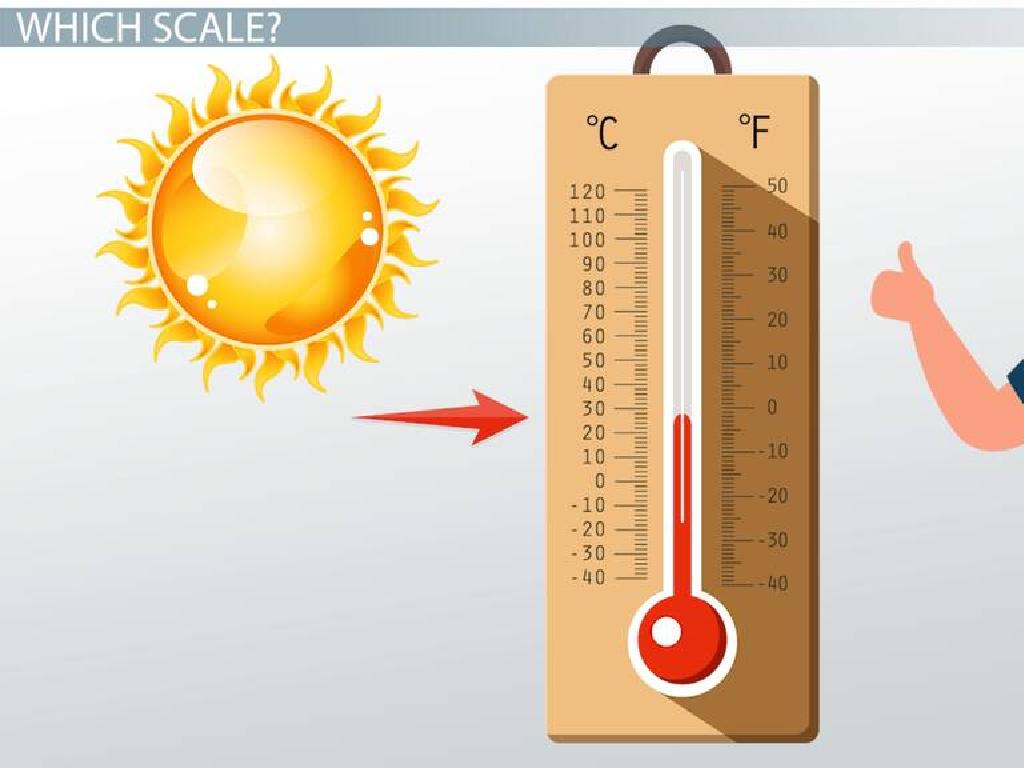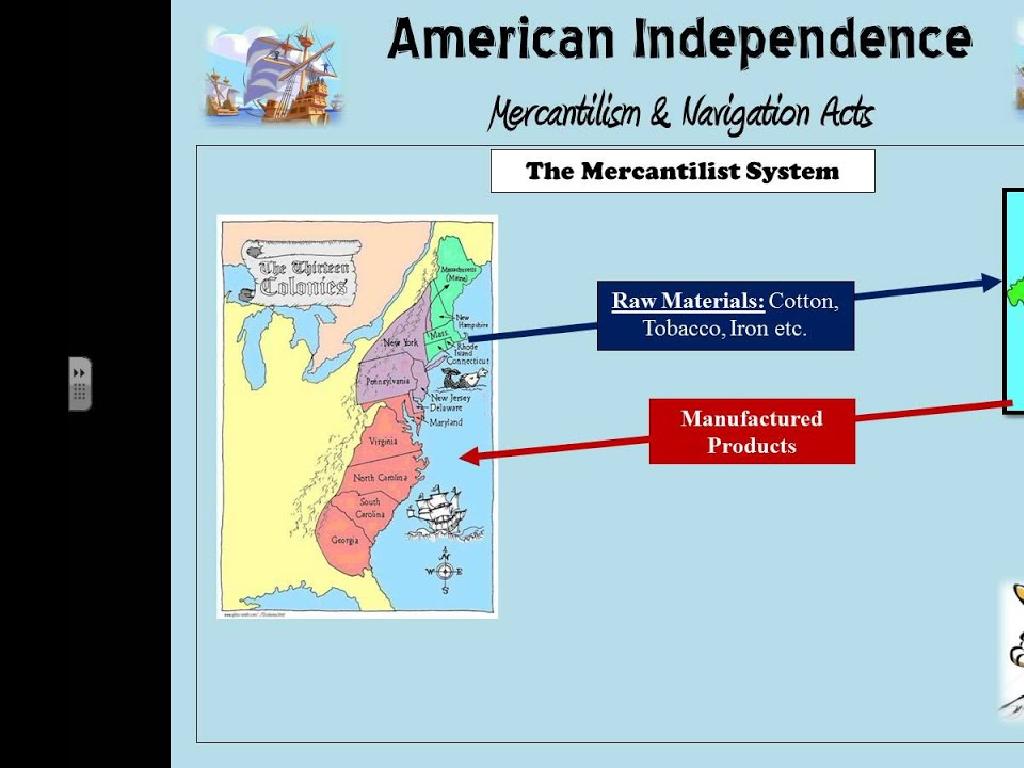Choose Metric Units Of Distance
Subject: Science
Grade: First grade
Topic: Units And Measurement
Please LOG IN to download the presentation. Access is available to registered users only.
View More Content
Exploring Metric Units of Distance
– Learning to measure things
– Understanding and comparing sizes
– Which is longer, a pencil or a shoe?
– Discovering metric units
– We use meters to measure distance
– Examples of metric distances
– A meter is about the same as one big step!
|
This slide introduces first graders to the concept of measurement, specifically focusing on metric units of distance. Start by explaining that measurement is a way to find out how long or short, heavy or light, and big or small things are. Use relatable examples to help them compare sizes, such as comparing the length of a pencil to a shoe. Introduce the metric system as a way people all over the world measure things, with a focus on distance. Explain that the basic unit of distance in the metric system is the meter, and provide a tangible example, such as one big step, to help them visualize the concept. Encourage the students to think of objects around them and guess how many meters long they might be.
Understanding Measurement
– What is measurement?
– It’s finding the size, length, or amount of anything.
– Measuring our height
– We can use a ruler to see how tall we are!
– Measuring a pencil’s length
– Let’s use a ruler to find out a pencil’s length.
– Measuring how far we jump
– We can use a tape measure to see our jump distance.
|
This slide introduces the concept of measurement to first graders. It’s important to explain measurement as a way to find out how big or small something is. Use relatable examples like measuring their own height, the length of everyday objects like a pencil, and distances they can jump. Visual aids like a ruler or a tape measure can be helpful in showing how these measurements are taken. Encourage the students to think of other things they can measure and why measurement might be important. The goal is to make them understand that measurement is a part of everyday life and can be fun to explore.
Learning Metric Units of Distance
– Metric units measure length
– Like how tall you are or how wide a desk is
– Meter is the basic unit
– About the length of a guitar
– Centimeters and kilometers
– Smaller and bigger than a meter
– Use meters to measure distance
– How far it is from home to school
|
This slide introduces first graders to the concept of measuring length using metric units. Emphasize that metric units are a way to find out how long or wide something is. The meter is the basic unit of length in the metric system, which can be compared to familiar objects like a guitar to help them visualize the size. Explain that there are smaller units like centimeters and larger ones like kilometers. Encourage students to think of examples where they might use meters to measure something, such as the distance from their home to school. Use simple language and relatable examples to make the concept understandable for first graders.
Meet the Meter: Measuring with Meters
– A meter is longer than a yard
– Meters measure height and length
– Like how tall a door is or a bed’s length
– Compare meters to yardsticks
– A yardstick is 3 feet; a meter is a bit more
– Practice measuring in meters
– Use a meter stick to measure objects in class
|
This slide introduces the concept of measuring length using the metric unit ‘meter’ to first graders. Emphasize that a meter is just a little longer than a yardstick, which they may be more familiar with. Provide examples of objects that can be measured in meters, such as the height of a door or the length of a bed, to make the concept relatable. Show the difference between a yardstick and a meter stick visually if possible. Encourage hands-on practice by having students measure various items in the classroom with a meter stick, reinforcing the practical use of meters in everyday life.
Understanding Short Distances: Metric Units
– Short distances: centimeters & millimeters
– Use centimeters to measure a pencil, millimeters for a paperclip
– 100 centimeters make a meter
– Picture 100 small cubes lined up to make a meter stick
– 10 millimeters make a centimeter
– Imagine stacking 10 tiny beads to match the width of a centimeter
|
This slide introduces students to the concept of measuring short distances using metric units. Centimeters and millimeters are smaller units than a meter and are used to measure things that are not very long. For example, a pencil can be measured in centimeters, and the thickness of a paperclip can be measured in millimeters. By understanding that 100 centimeters make up a meter and 10 millimeters make up a centimeter, students can start to visualize and comprehend the relationship between these units of measurement. Use real-life objects to demonstrate these units, such as a meter stick and a ruler, to help students grasp the concept more concretely.
Let’s Practice Measuring!
– Learn to measure with rulers
– Measure things in centimeters
– A centimeter is a small unit of length
– Understand millimeters on a ruler
– There are 10 millimeters in one centimeter
– Practice measuring items
– Find objects to measure their length
|
This slide is designed to introduce first-grade students to the concept of measuring length using metric units. The focus will be on understanding and using centimeters and millimeters, which are part of the metric system. Show students a ruler and point out the centimeters and millimeters. Explain that each small mark represents one millimeter and there are 10 millimeters in a centimeter. Have a variety of classroom objects ready for students to measure with their rulers. This hands-on activity will help solidify their understanding of metric measurements. Encourage students to discuss the lengths they measure and compare different items.
Class Activity: Measuring Fun!
– Measure classroom items
– Use rulers for length
– Find lengths in cm and mm
– Centimeters (cm) and millimeters (mm) are metric units of length
– Record your measurements
– Write down the length of each item next to it
|
This activity is designed to introduce students to metric units of measurement, specifically centimeters and millimeters. Provide each student with a ruler that has metric markings. Demonstrate how to measure the length of an object using the ruler. Guide them to measure items like pencils, erasers, and books, and to understand that there are 10 millimeters in a centimeter. Have them record their findings on a chart. Possible activities include measuring different items, comparing lengths, and even estimating lengths before measuring. This hands-on experience will help solidify their understanding of metric units of distance.
Measuring Success with Metric Units
– Celebrating our measuring skills
– Understanding centimeters and millimeters
– Centimeters (cm) and millimeters (mm) help us measure small lengths.
– Practice leads to measuring mastery
– The more we measure, the better we get!
– Keep practicing at home!
– Try measuring toys or pencils with a ruler.
|
This slide is a conclusion to our lesson on metric units of distance, specifically centimeters and millimeters. It’s designed to reinforce the students’ understanding of these units and to celebrate their efforts in learning how to measure objects. Encourage the students to continue practicing their measuring skills at home, perhaps by measuring items they are familiar with, like toys or pencils. Remind them that practice is key to becoming proficient in measuring and that they’ve done a great job today. This positive reinforcement will help instill confidence and encourage them to keep learning.

